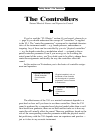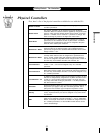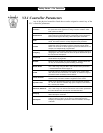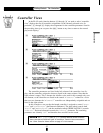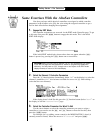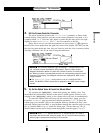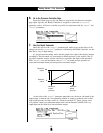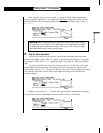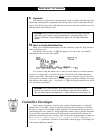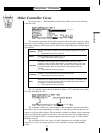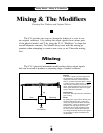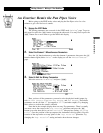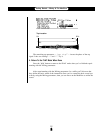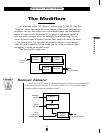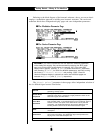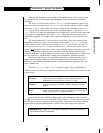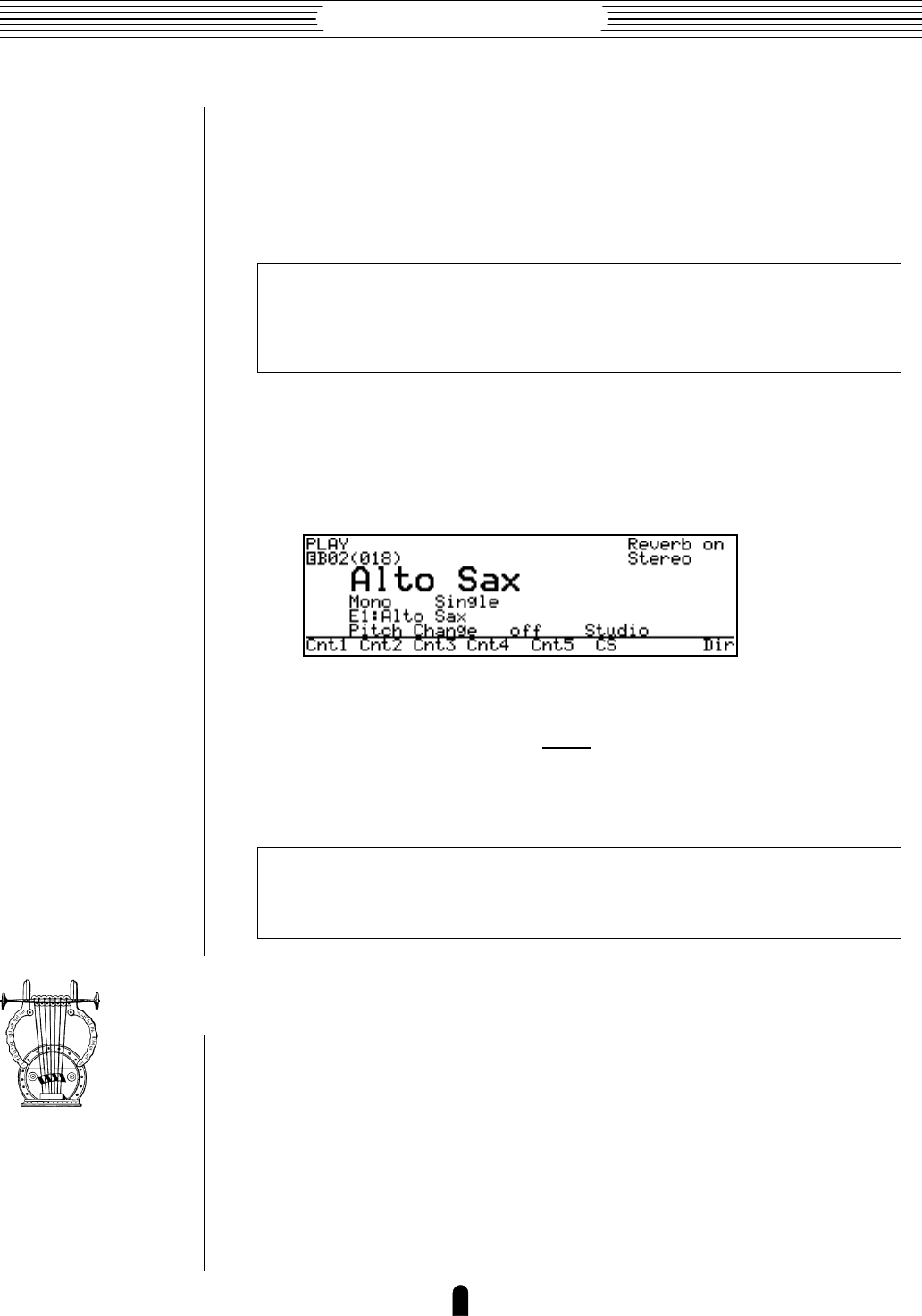
46
Getting Started
●
The Controllers
9. Experiment!
Now that you’ve got the idea, flip through the all the available controller pages and
experiment with alternative assignments and settings until you feel comfortable with the
system. You should also try this with different voices later, since the controllers can have
different effects with different voices.
NOTES ■ There are several variations on the basic controller display and param-
eters. When you’re ready to study the parameters in more detail refer to the
“Element Controllers” section beginning on page 64 of the Feature Reference
manual.
10.Return to the Play Mode When Done
When you’re finished experimenting with the controllers, press the P button to
return to the play mode.
Note that the inverse letter “E”(´) still appears to the left of the voice number,
indicating that the voice has been edited.
If you want to keep the edited voice, it must be saved either to an internal memory
location or to floppy disk, as described on pages 28 and 166 of the Feature Reference
manual, respectively. This must be done
before you select a different voice (or the same
voice again) or your edits will be lost. To confirm this, try selecting a different voice and
then return to the AltoSax voice … the inverse “E”(´) will be gone and the voice will be
as it was before you edited it.
NOTES ■ The VL1 has a Memory Voice Recall function that can be used to
recall the last version of a voice if you accidentally make unwanted changes or
lose your edited data as described above — Feature Reference manual, page 172.
Controller Envelopes
Since acoustic instruments virtually never respond instantaneously to “controller”
changes, the VL1 includes a range of controller envelopes that can be used to simulate
this type of response. For example, sudden application of maximum breath pressure to a
wind instrument or bow speed to a string instrument normally doesn’t produce instantane-
ous sound. The instrument requires a few milliseconds to reach the full resonance de-
manded by the breath pressure or bowing. The VL1 provides programmable envelopes for
the “Pressure”, “Embouchure/Pitch”, “Vibrato”, “Growl”, and “Ampli-
tude/Filter” parameters, and these are described in detail on pages 128 through 150
of the Feature Reference manual.



